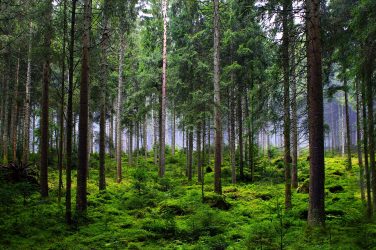Smoke emitted into the Earth’s atmosphere from the 2019-2020 bushfires in Australia reduced the ozone layer around the Earth.
This is explained by a study published by the Massachusetts Institute of Technology (MIT) by an international team of researchers, entitled “On the stratospheric chemistry of midlatitude wildfire smoke”.
In particular, the smoke from the devastating Australian staves caused a 1 percent loss of the ozone layer: an amount that can take a decade to regenerate. Furthermore, the study suggests that increasing the intensity and frequency of fires due to climate change could slow the recovery of this important gas.
The ozonosphere – which is part of the stratosphere, the second layer of the earth’s atmosphere – absorbs the ultraviolet radiation emitted by the sun and is made up of a high concentration of ozone molecules.
Using satellite observations, the researchers found that the smoke from the burning of the fires reacted with nitrogen in the stratosphere, causing ozone depletion.
Co-author of the study, Kane Stone of the Massachusetts Institute of Technology, said the reduction occurred between March and August 2020, that is, as soon as the fires subsided after 240 consecutive days.
During this period the fire literally devoured the forests of the southeast of the country, killing 33 people, destroying more than 3,000 homes, and razing 12.6 million hectares of wooded areas.
We started talking about ozone depletion in the atmosphere starting from the Eighties since some scientific studies have discovered the phenomenon of the ozone hole: this is how ozone depletion is called, which is concentrated mainly above the Antarctic continent.
Among the main causes of the formation of the “hole”, scholars have included the use of substances known as chlorofluorocarbons (CFC), or those gases used in refrigerators or spray cans, phased out after the signing of the 1987 Montreal Protocol.
Once the dispersion of Cfc in the atmosphere was blocked, a progressive improvement in the levels of ozone in the atmosphere was observed: sunlight, in fact, continuously reacts with oxygen, creating ozone molecules. In particular, in the last decade, there has been a recovery of 1 percent.
The same amount that the cloud of smoke formed during the fires – three times the size of any previously recorded smoke cloud – dissipated in the space of a year and a half.









Show Comments